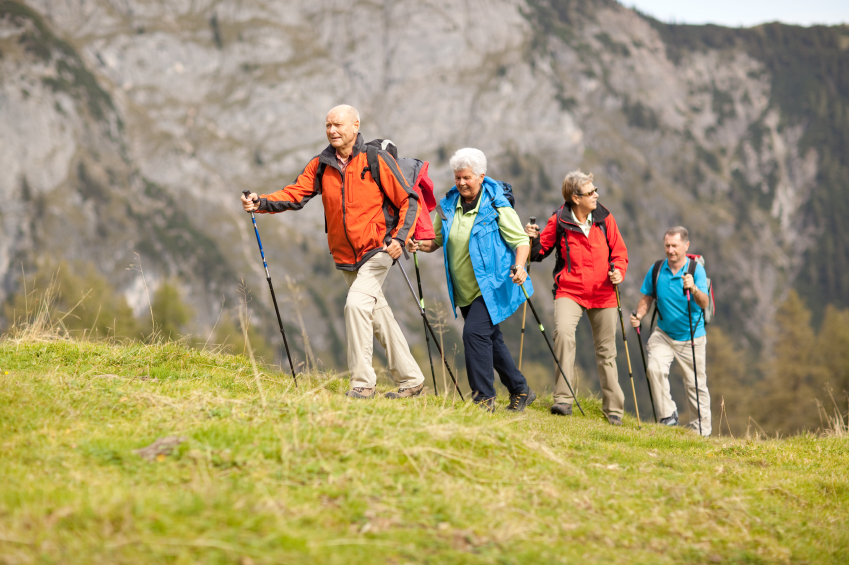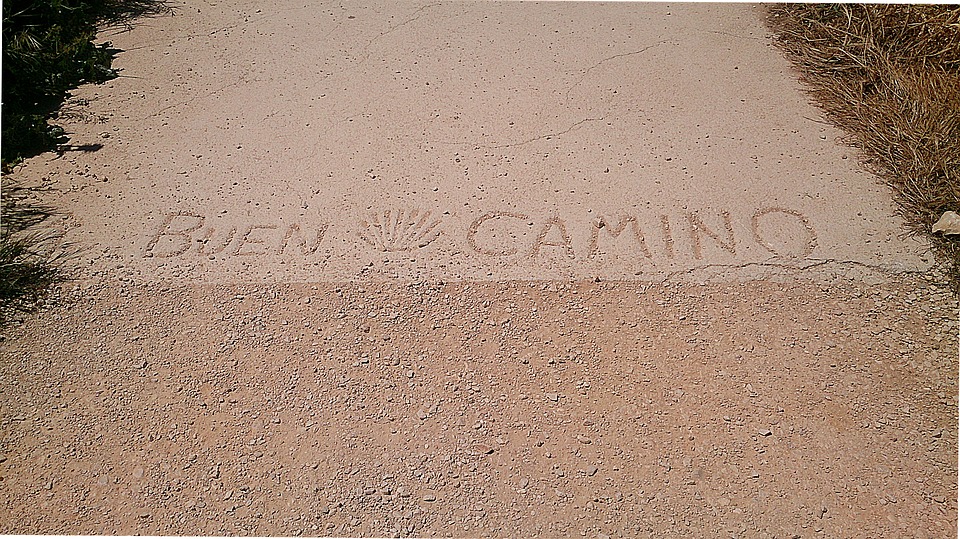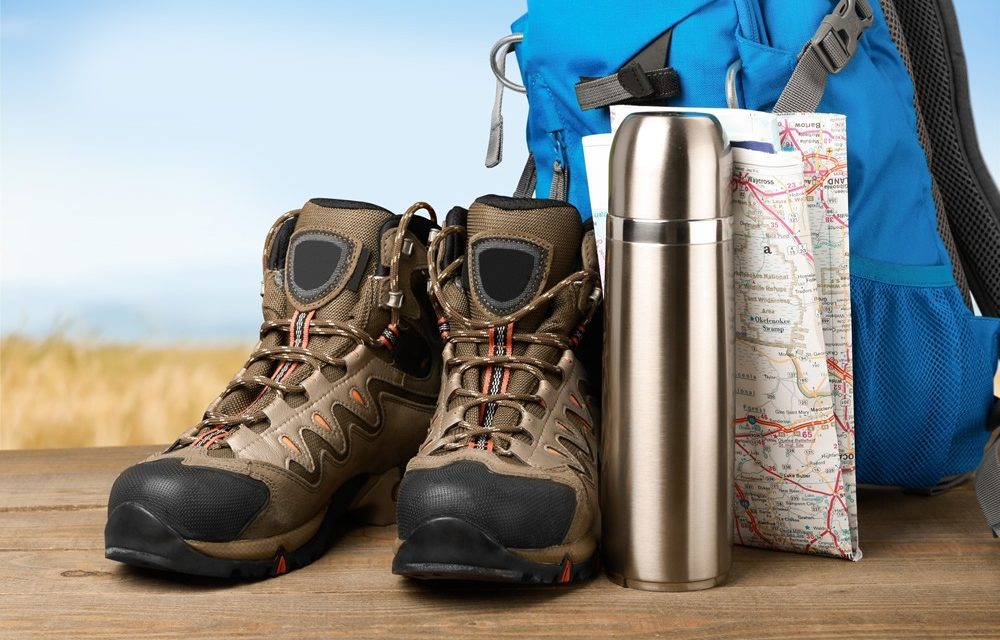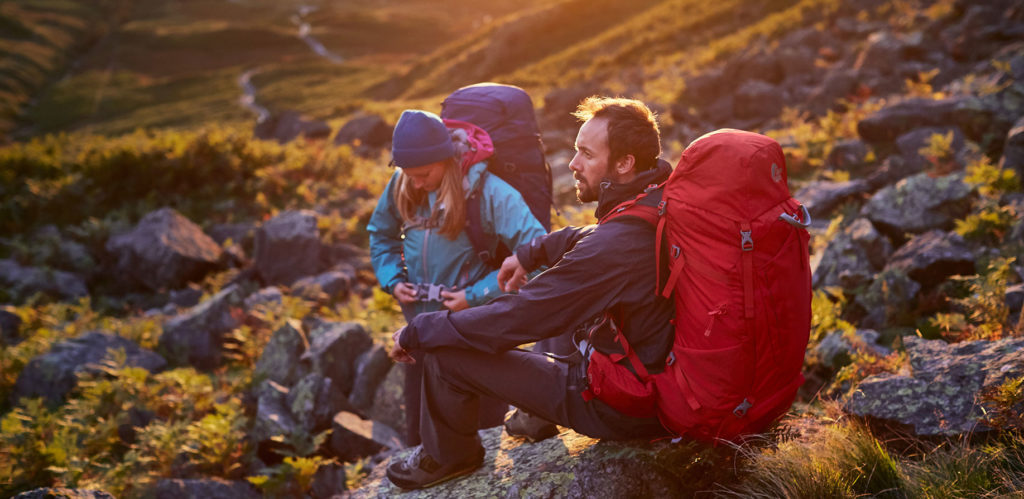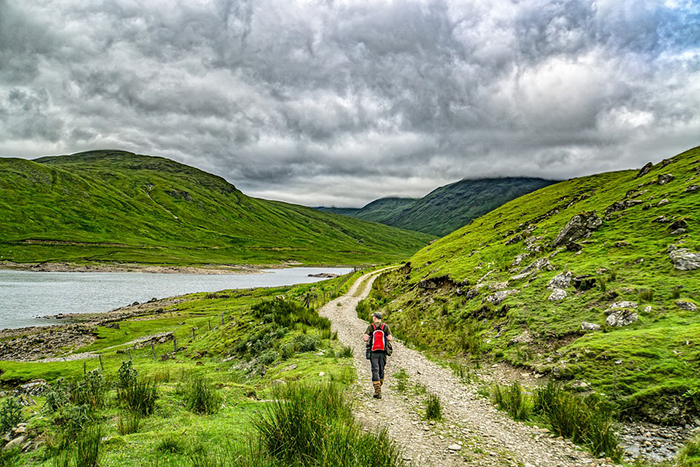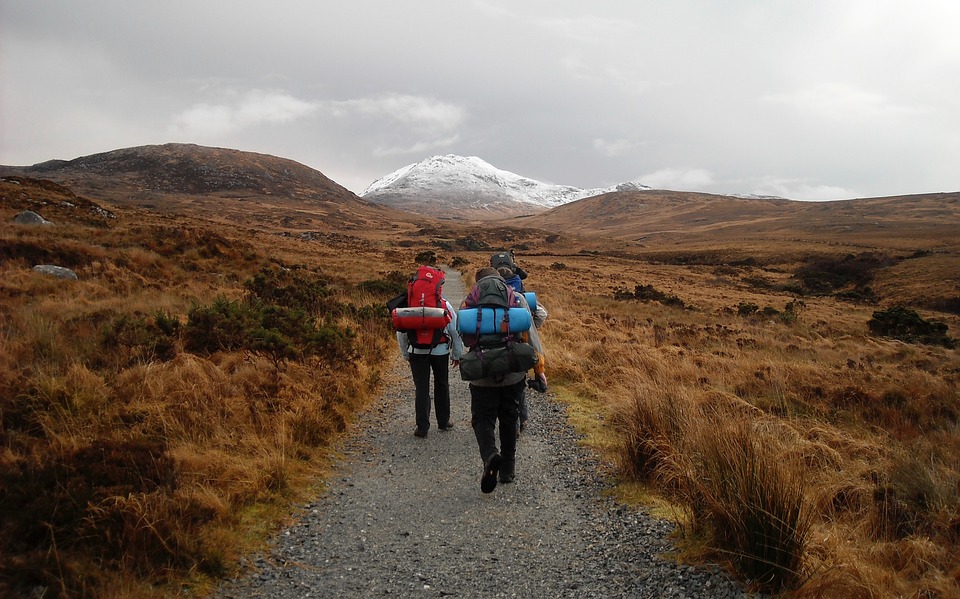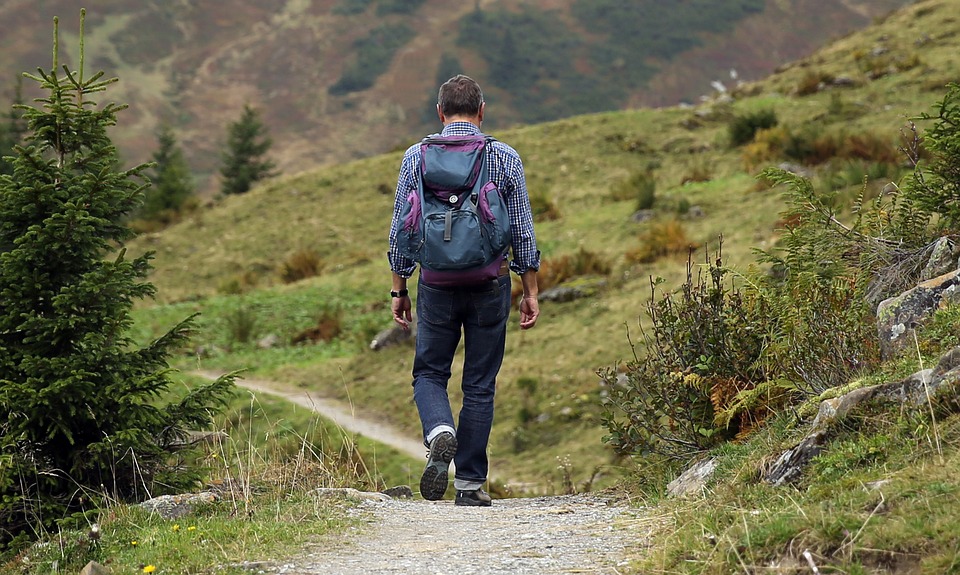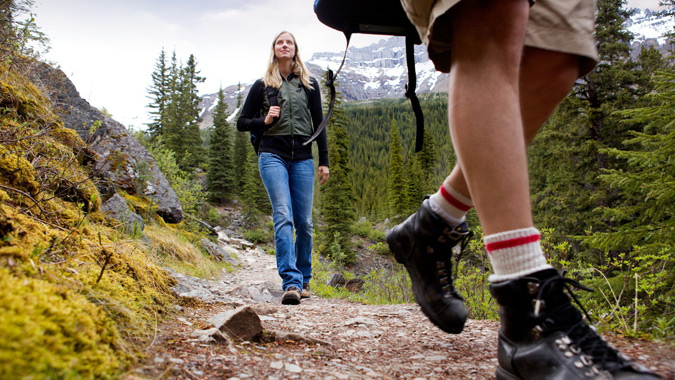Breathe easy.
This is not another patronising blog about senior citizens needing to take it easy on the trail. At Outdoor Adventure Store, we are well aware from customer feedback and our own experiences, that there is no statute of limitations on backpacking. Anyone who has been left gasping for breath, overtaken by sprightly seniors striding up mountain trails can attest to the fitness level of many in the older generation. It’s all about gaining and maintaining a level of fitness.
However, as our bodies age, we may find that we cannot do all the things we once did. This is also true when there are temporary fitness issues due to illness and injury. So, it really pays to be aware of our limitations while we enjoy the great outdoors
If you haven’t been hiking before and you plan to take it up as a retirement past-time, it is best to see your GP first, especially if you have any medical conditions. There are walks and hikes suitable for all levels, so once you get the green light health-wise, you can begin to have adventures. Just like anyone else, be sure you have the appropriate clothing and footwear.
Walking Poles
Common age-related problems often include the knees and legs. Many walkers complain of difficulties when descending hills or traversing rough ground. A good sturdy walking pole can steady the path and give support. They provide extra stability and can lower the amount of stress on your legs and knee joints by taking the weight onto the poles, through your arms. Feel free to have a chat with our helpful staff to ensure you get the best walking pole for your needs. The length of the poles should be adjusted to suit your height and the activity you are planning. Generally speaking, lengthen the poles for descents, and shorten them for ascents and the length for walking along flat or gently slopes should be around waist height.
Hydration
As we get older, our body water content decreases and the risk of dehydration increases. The consequences of not being hydrated enough also become more serious. It is really important to bring enough water with you on every trip. A bladder hydration system attached to your back pack can be very helpful its handy small drinking hose makes sipping water as you hike, much more convenient. If the weight of carrying water for the expedition is off-putting, you might consider some water purifying tablets, so that you may avail of the local water. Check out the many easy ways to bring enough liquids with you on your hike.
Be Prepared
Be sure you have a route planned with a distance that does not over extend you. This is true for backpackers of all ages. Take breaks and stop whenever you need to. Plan your journey with this in mind. Carry a comfortable backpack, suitable for your needs on the day. Wear good walking/hiking boots and a well fitted pair of socks. Make sure the phone is fully charged and that someone knows which route you are taking and your approximate return time.
Keeping the fitness level every day
Walk regularly, even if it’s just for 20-30 minutes a day. This will help keep your fitness level up and prepares you for longer rambles on the weekend. Good rain gear will make this much more possible in our climate.
Be realistic
As a form of physical exercise, hiking offers several benefits to the older enthusiast. Walking regularly reduces the risk of chronic diseases such as heart disease, colon cancer, high blood pressure and diabetes. Hiking is one of the most enjoyable ways to exercise. It burns between 180 and 266 calories every 30 minutes, a rate comparable to working out on a stair step machine or engaging in vigorous weight lifting.
But more importantly than any physical benefits, trekking in this wonderfully scenic county is uplifting, rewarding and good for your mental health. Stay young at heart, keep your heart healthy and get out and about in the wilds.

